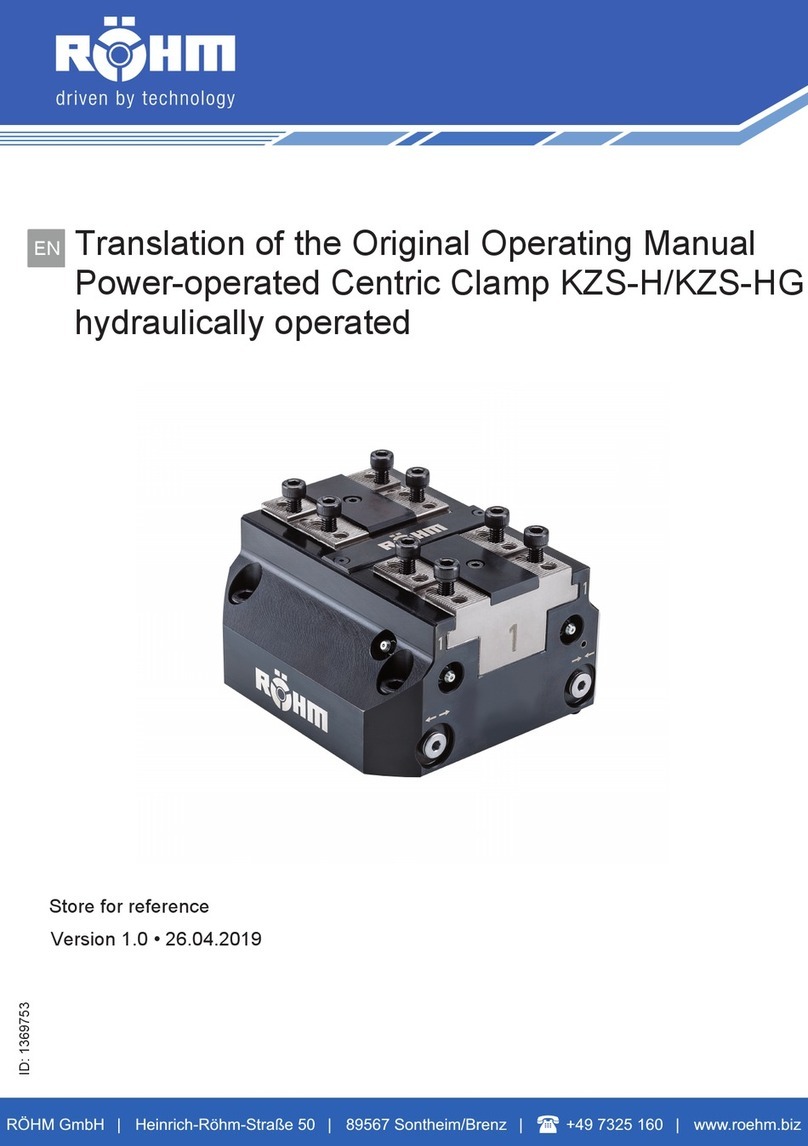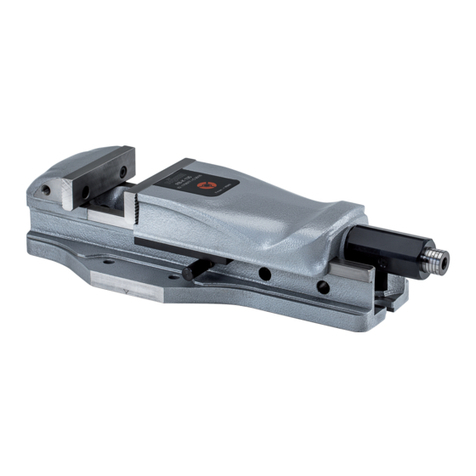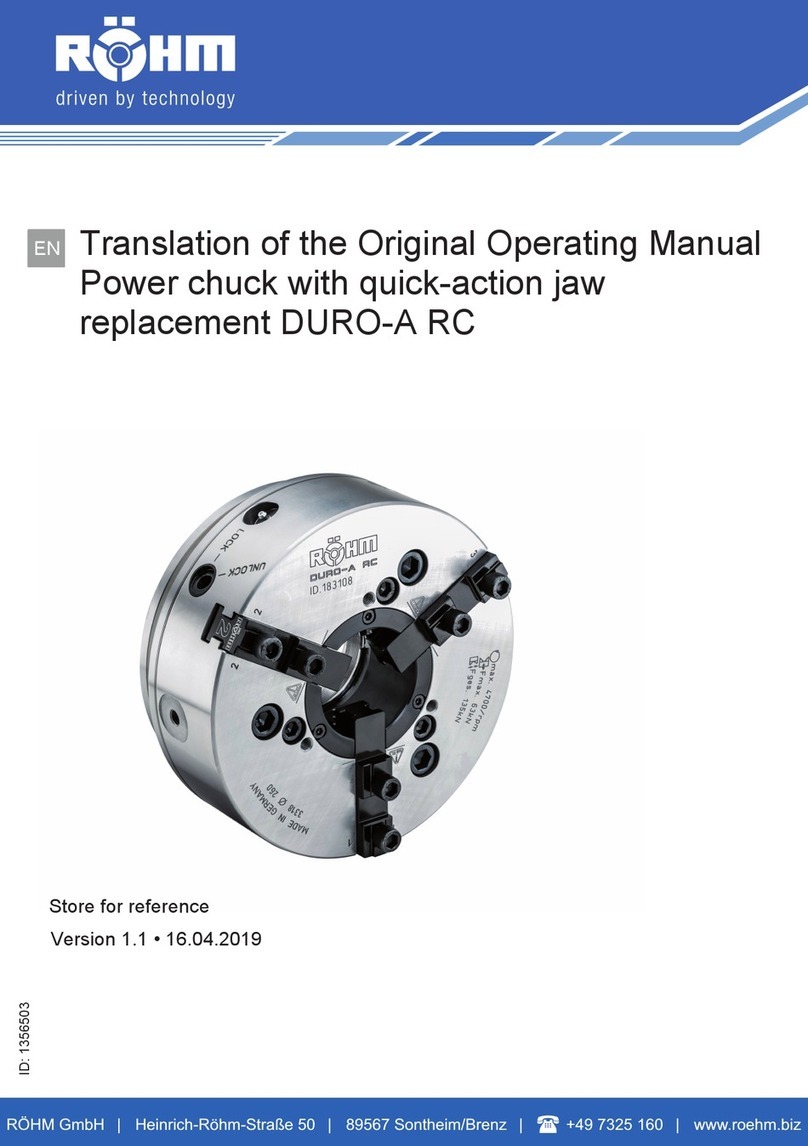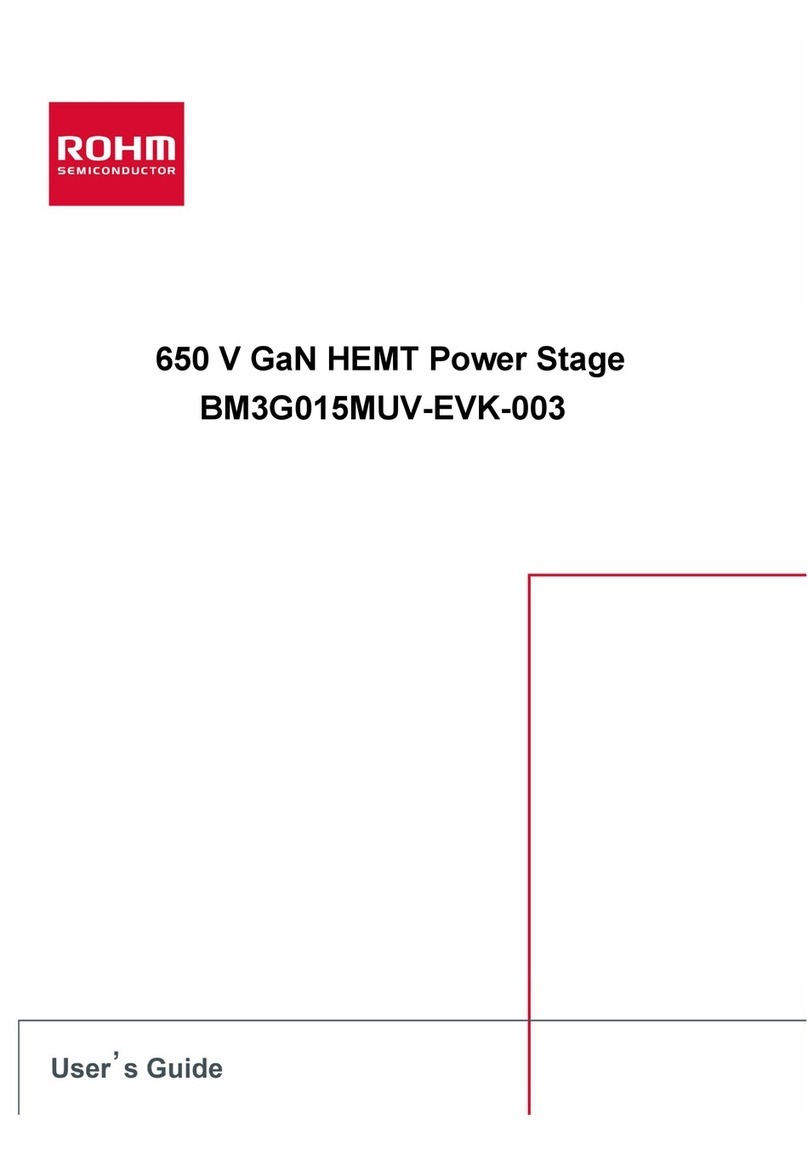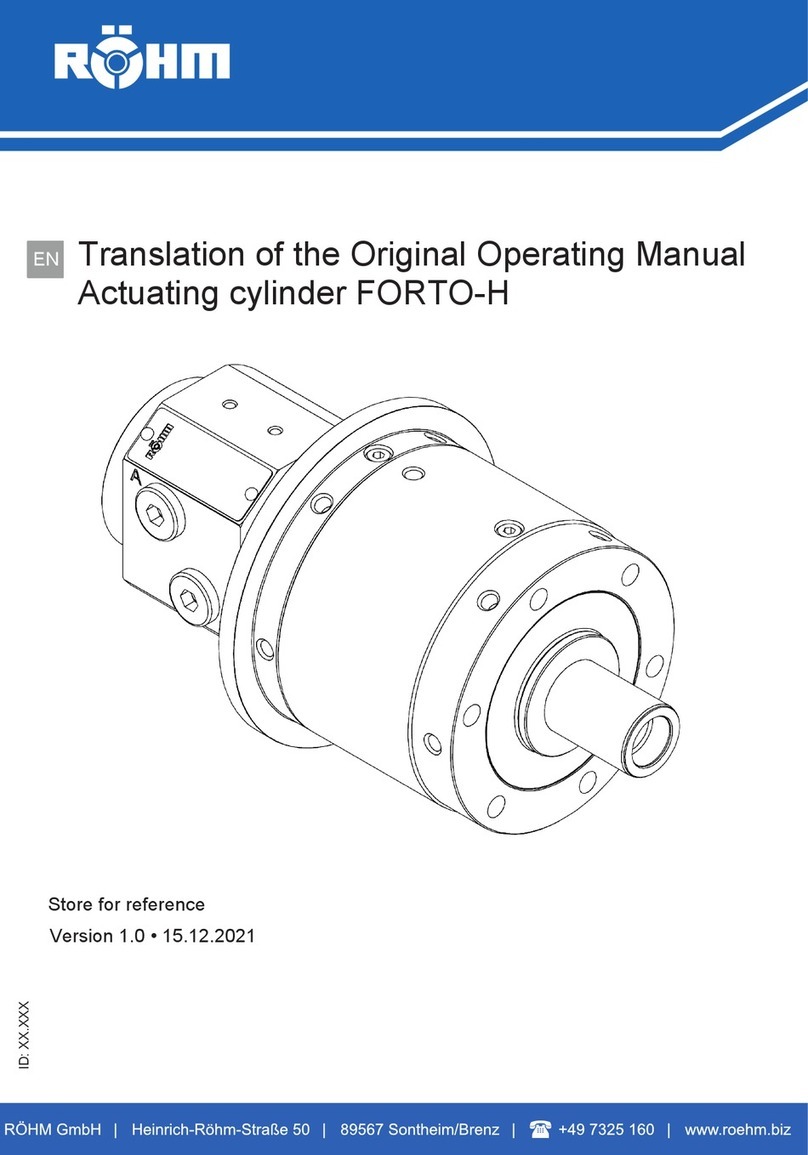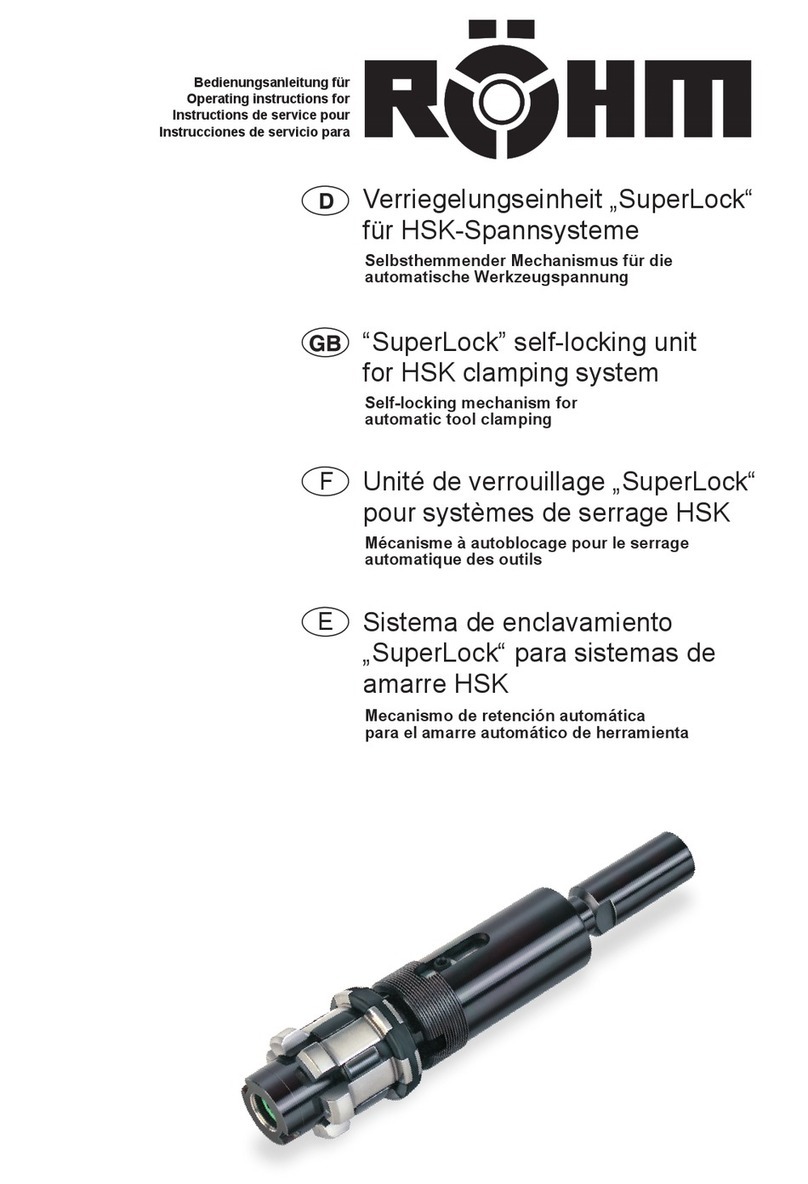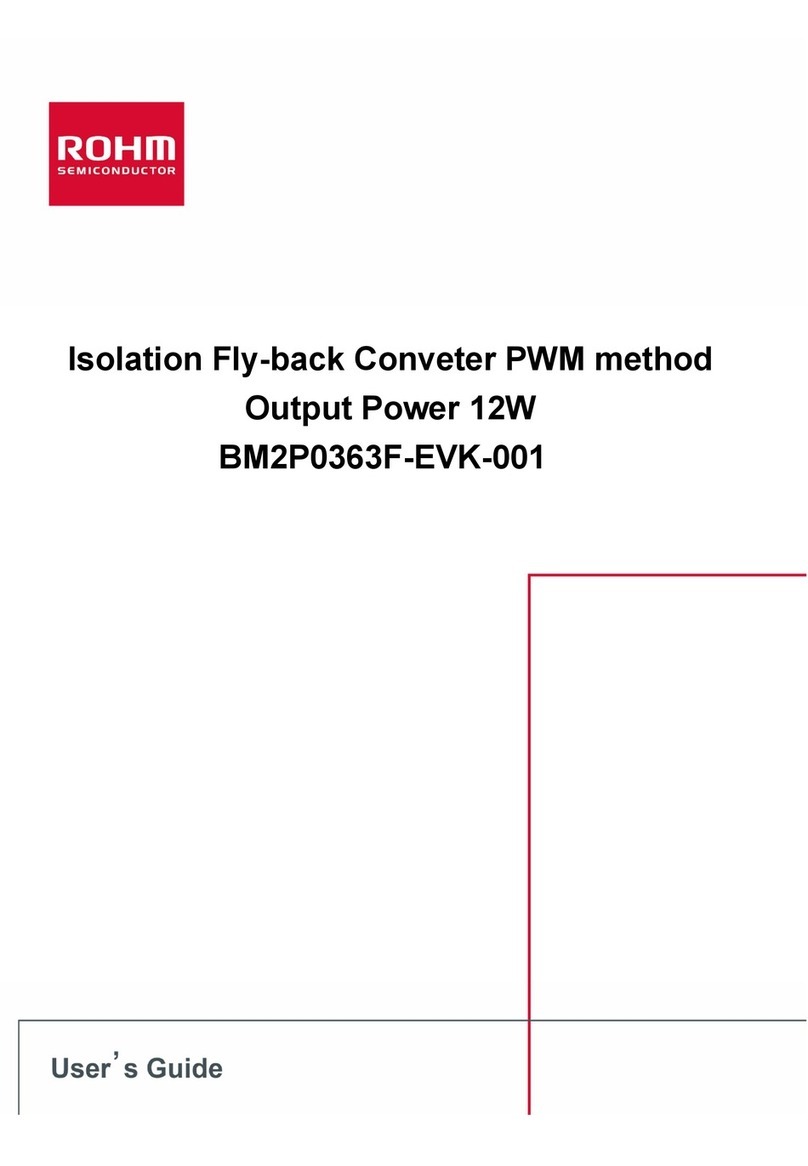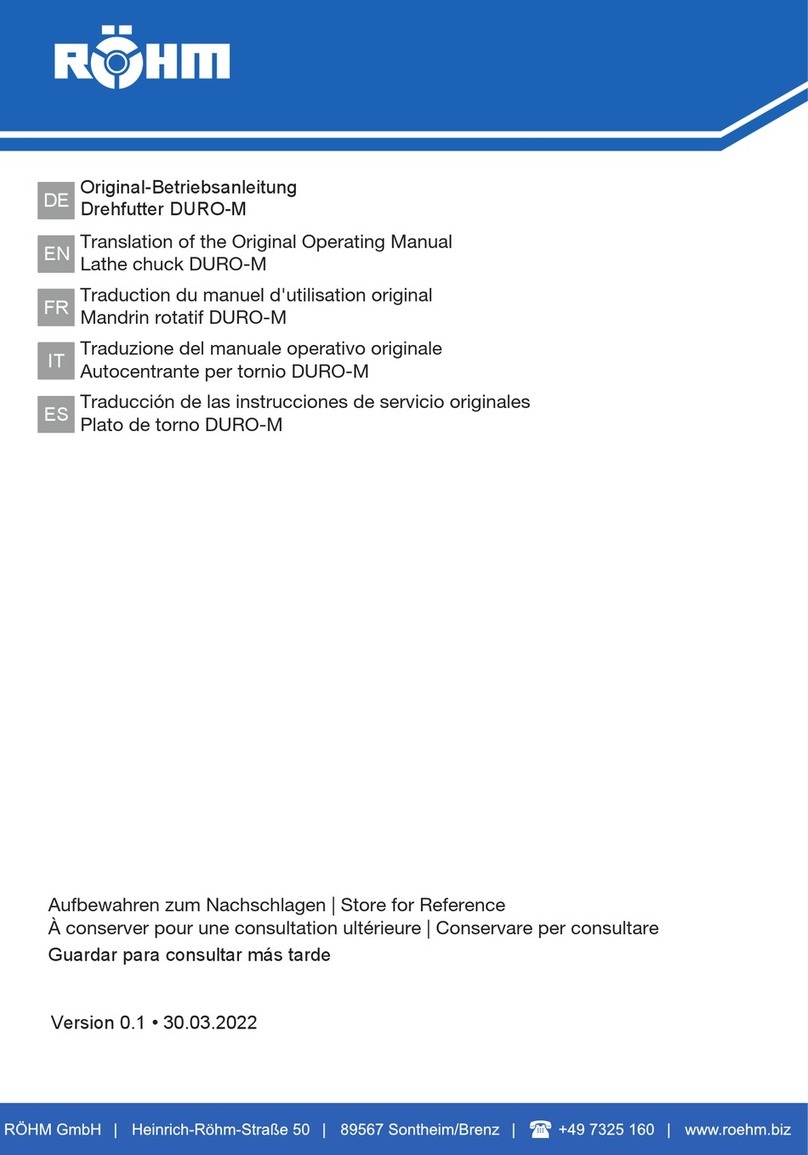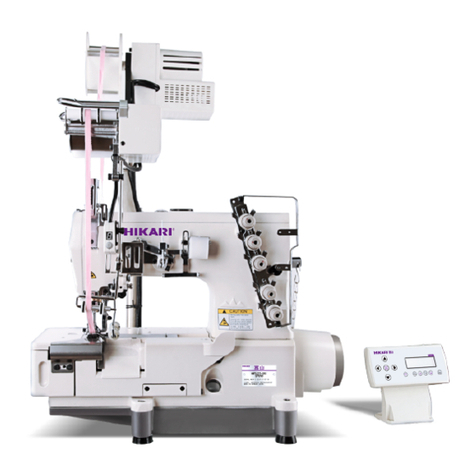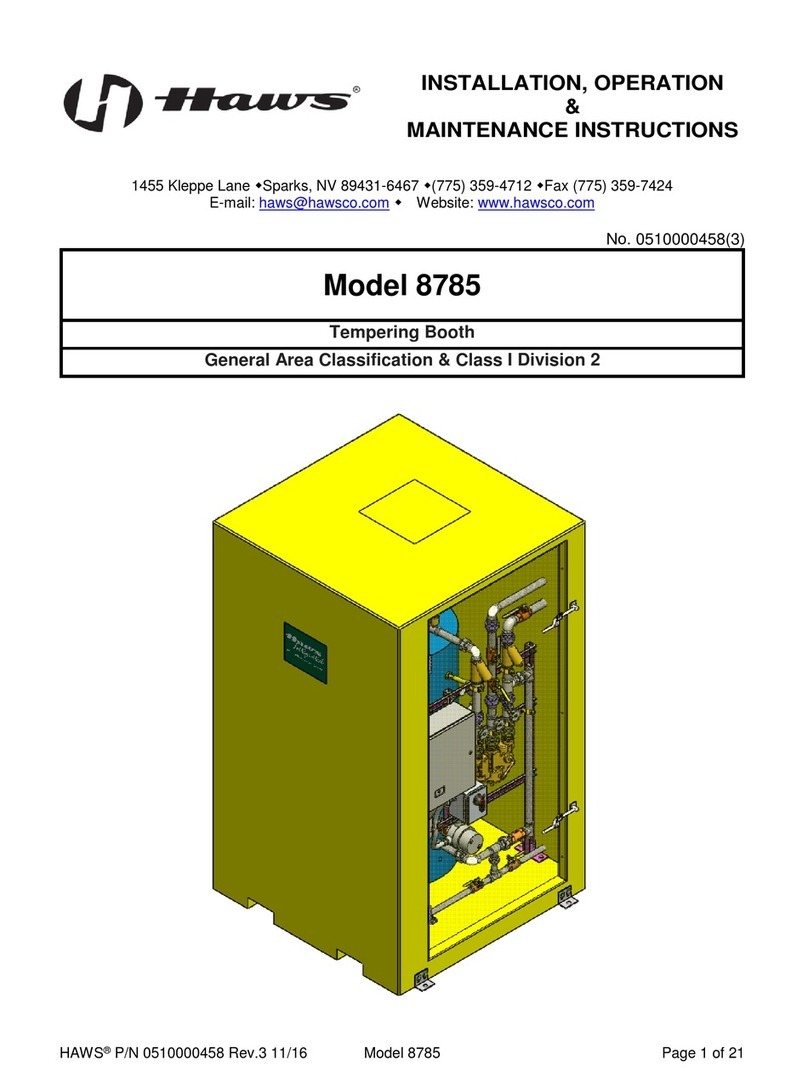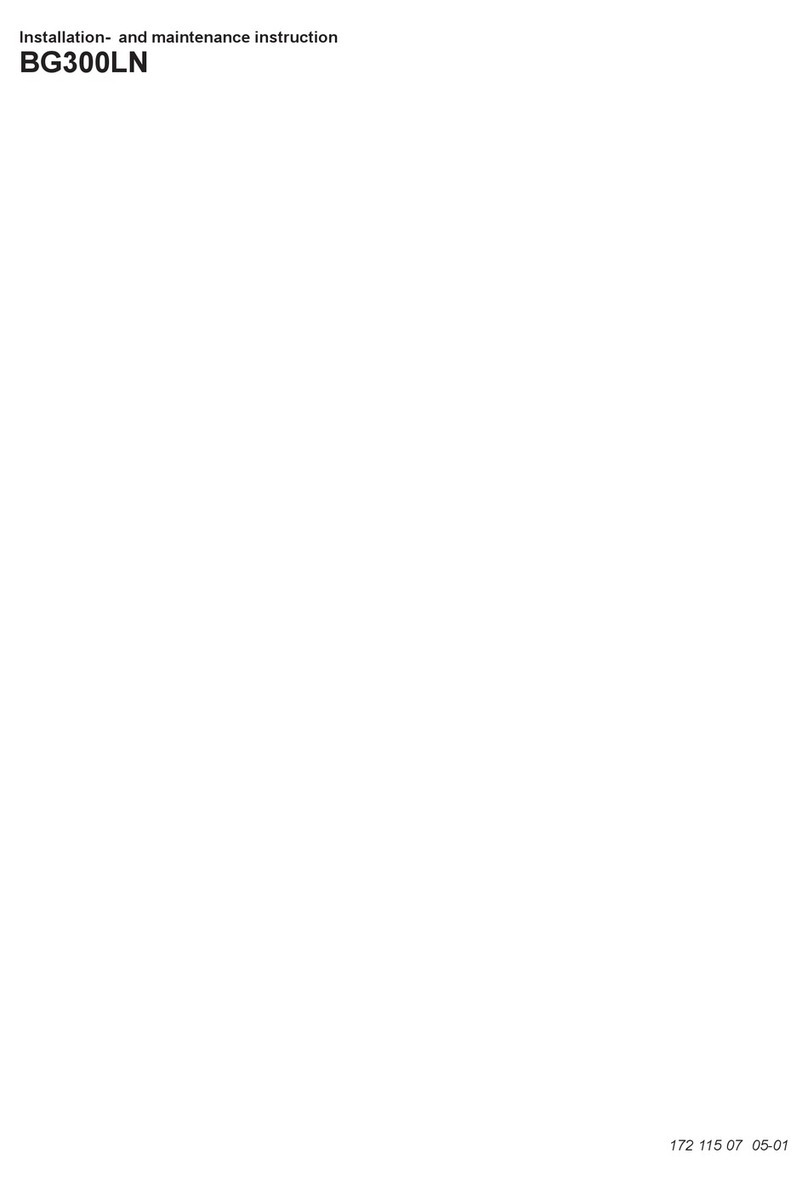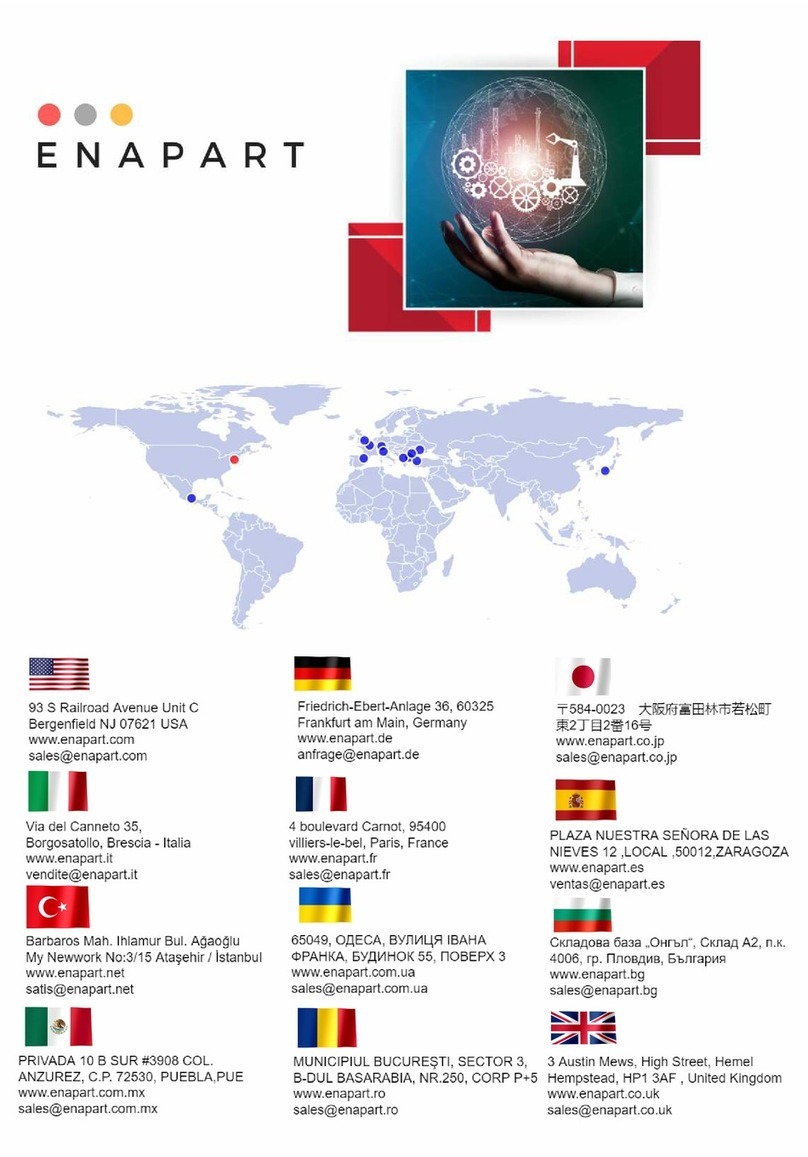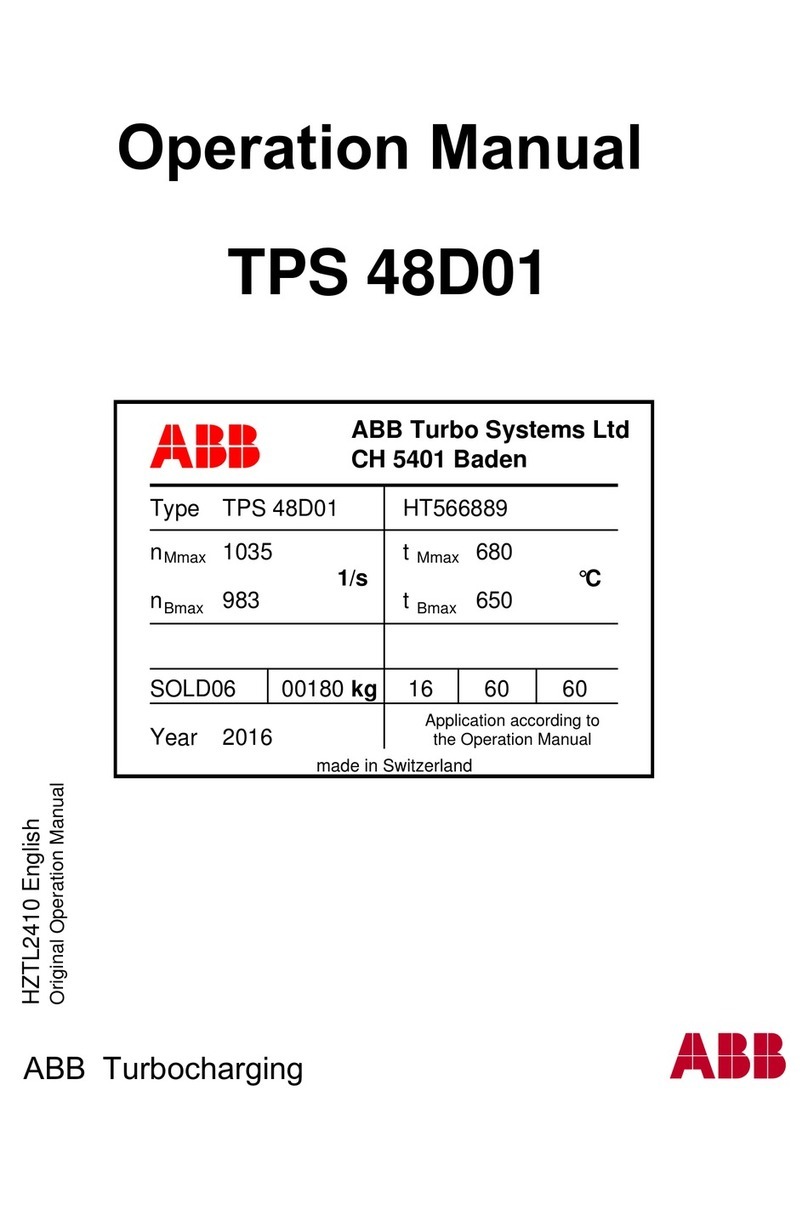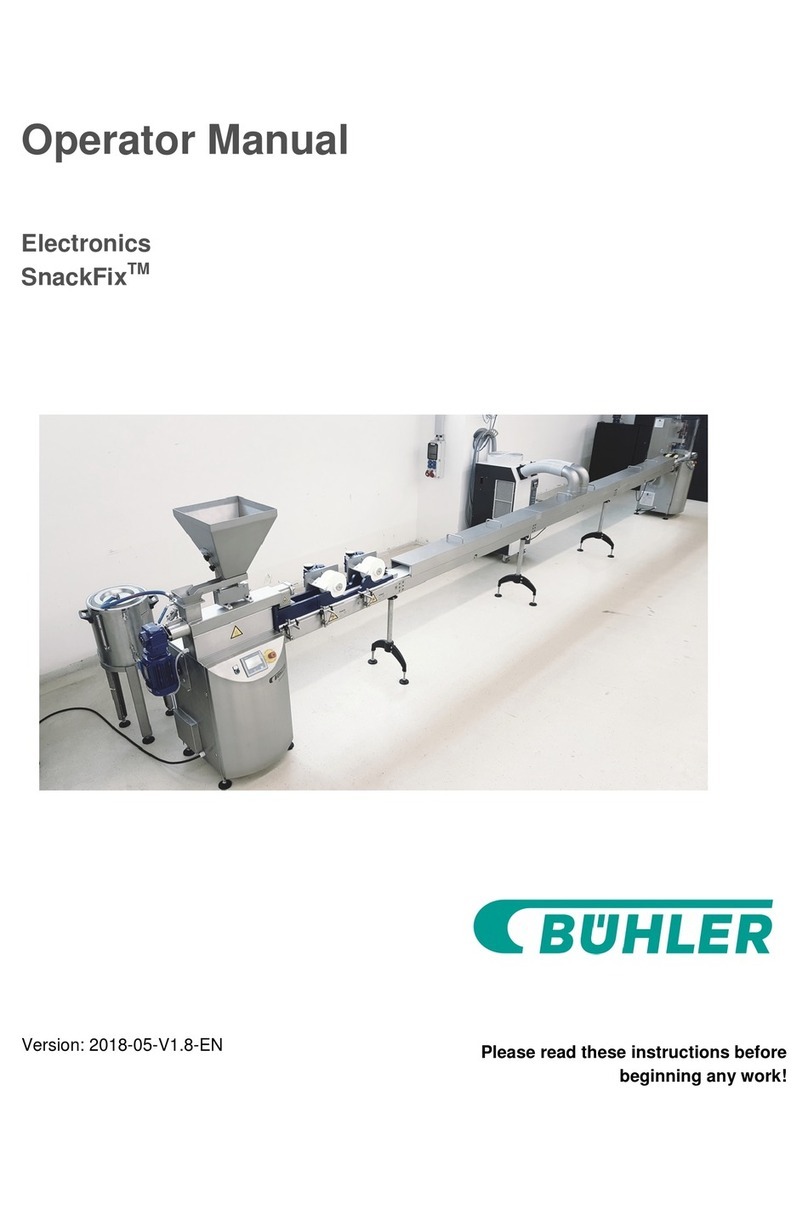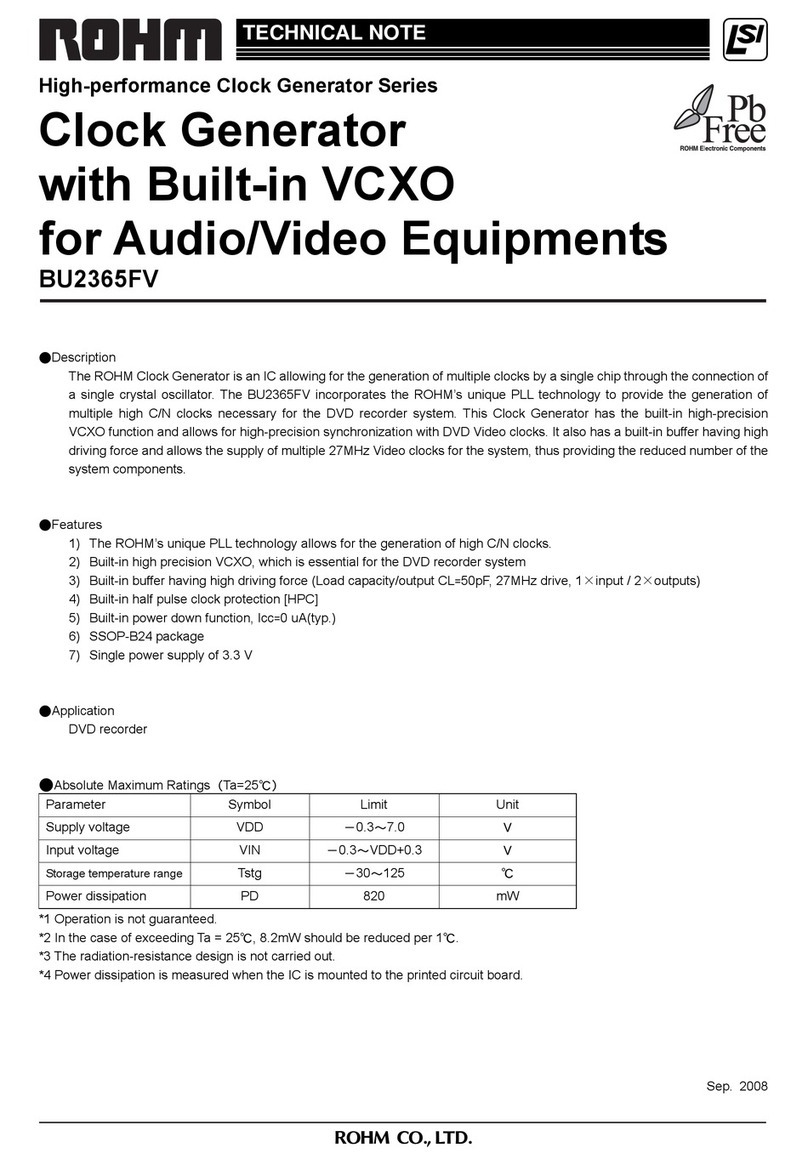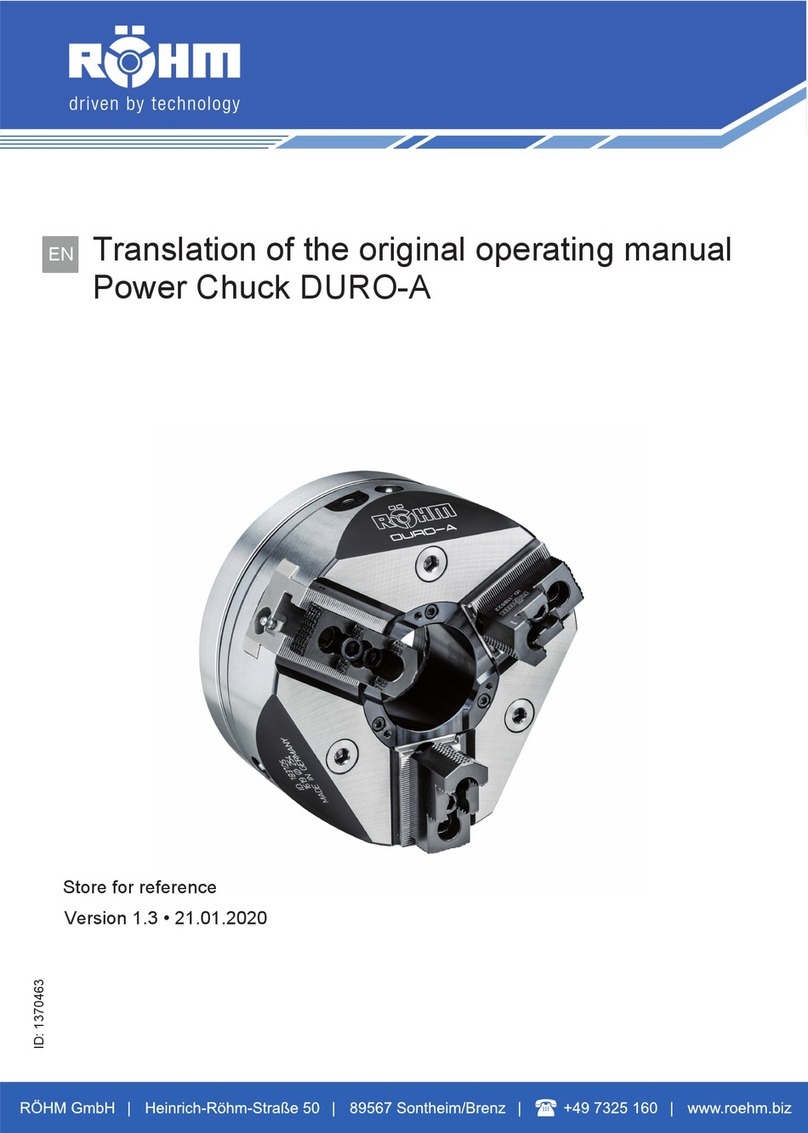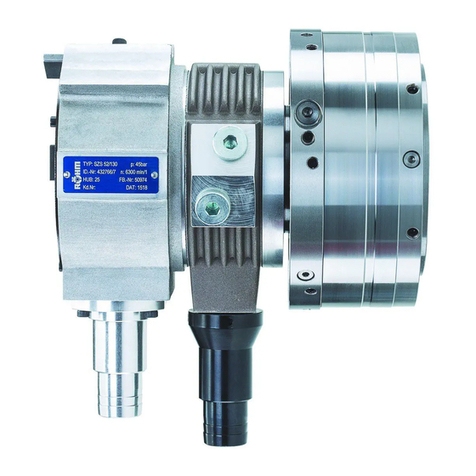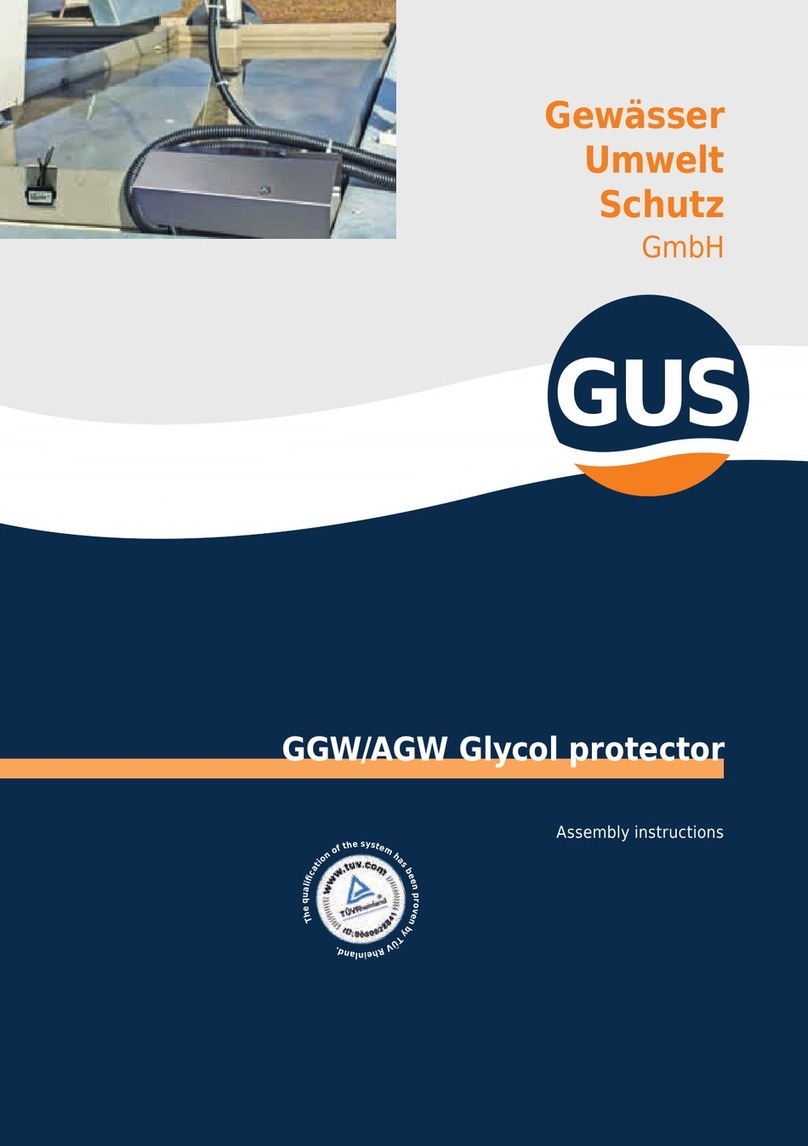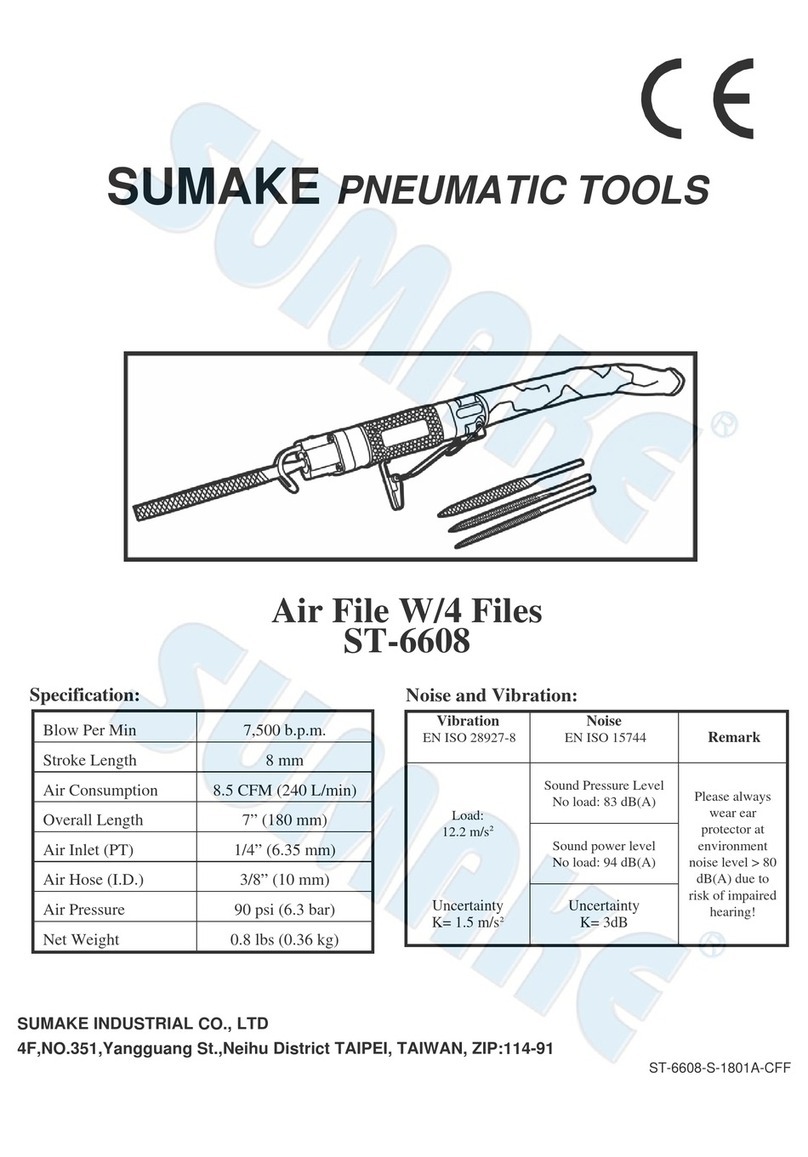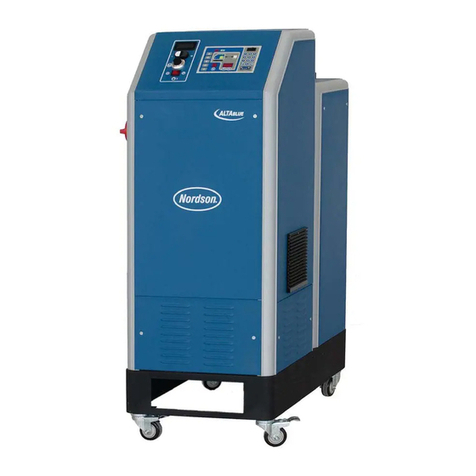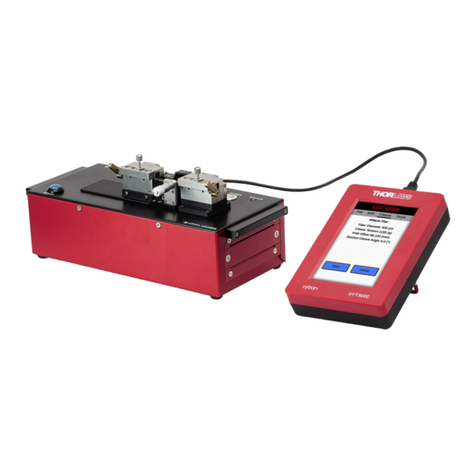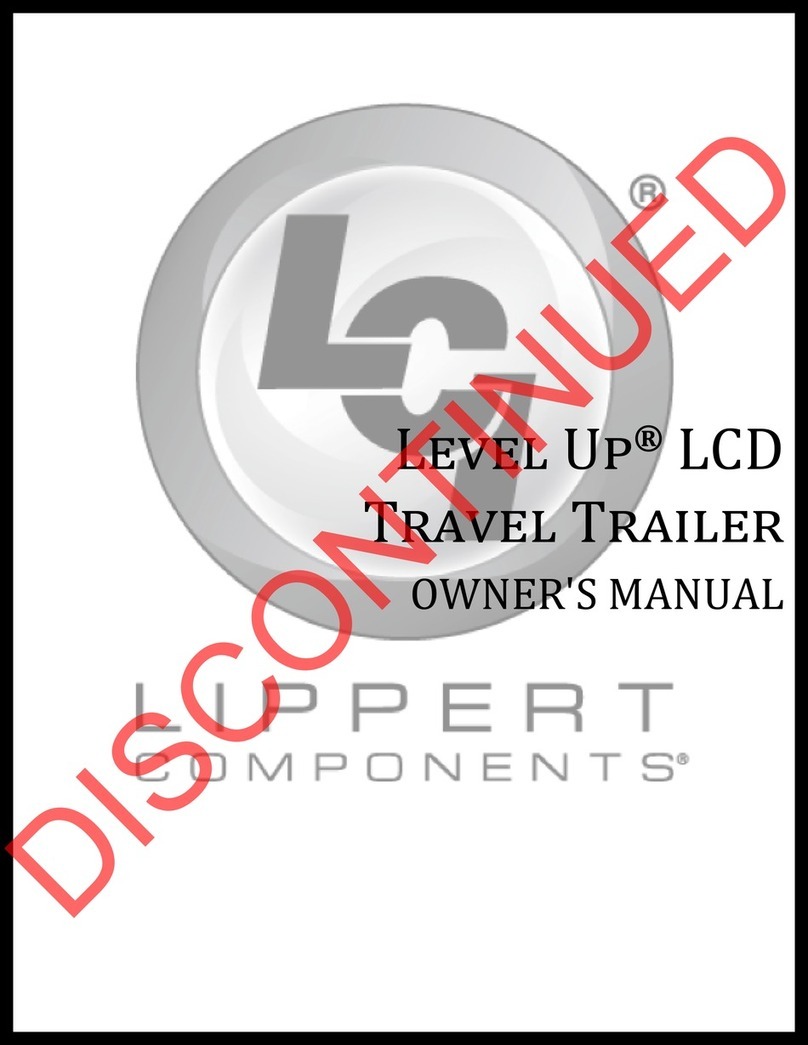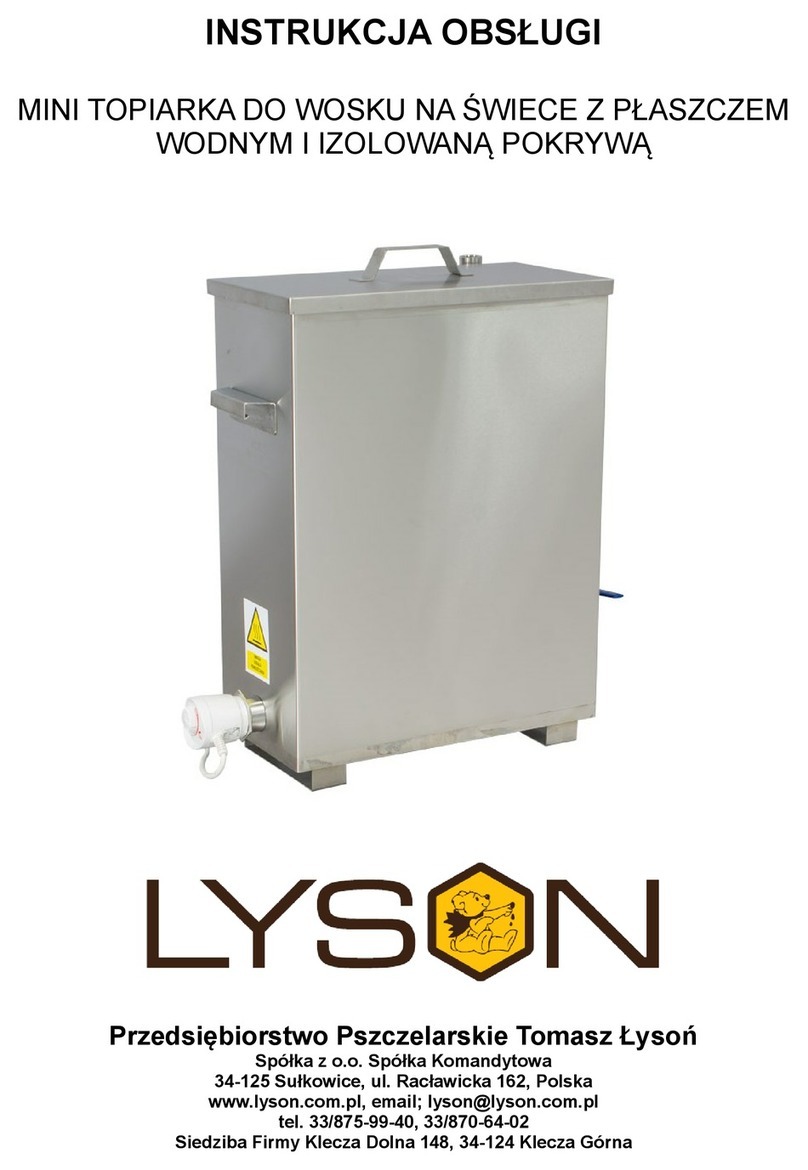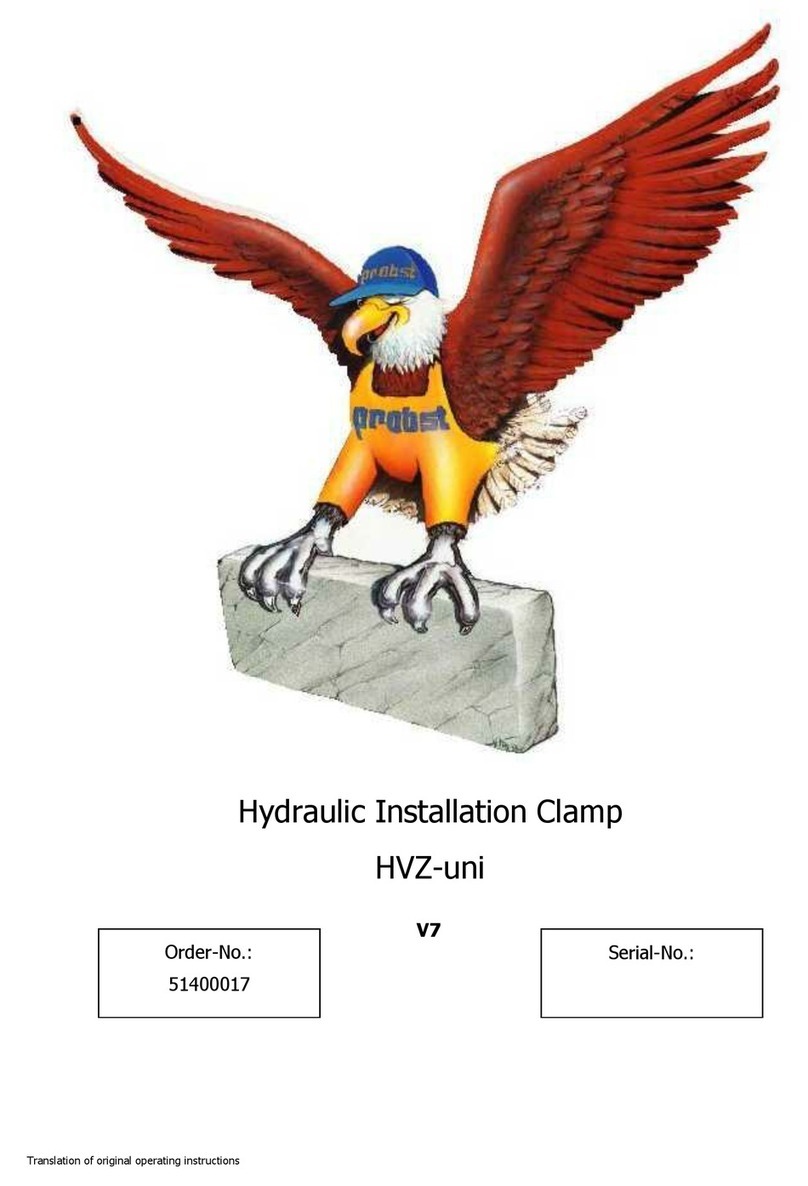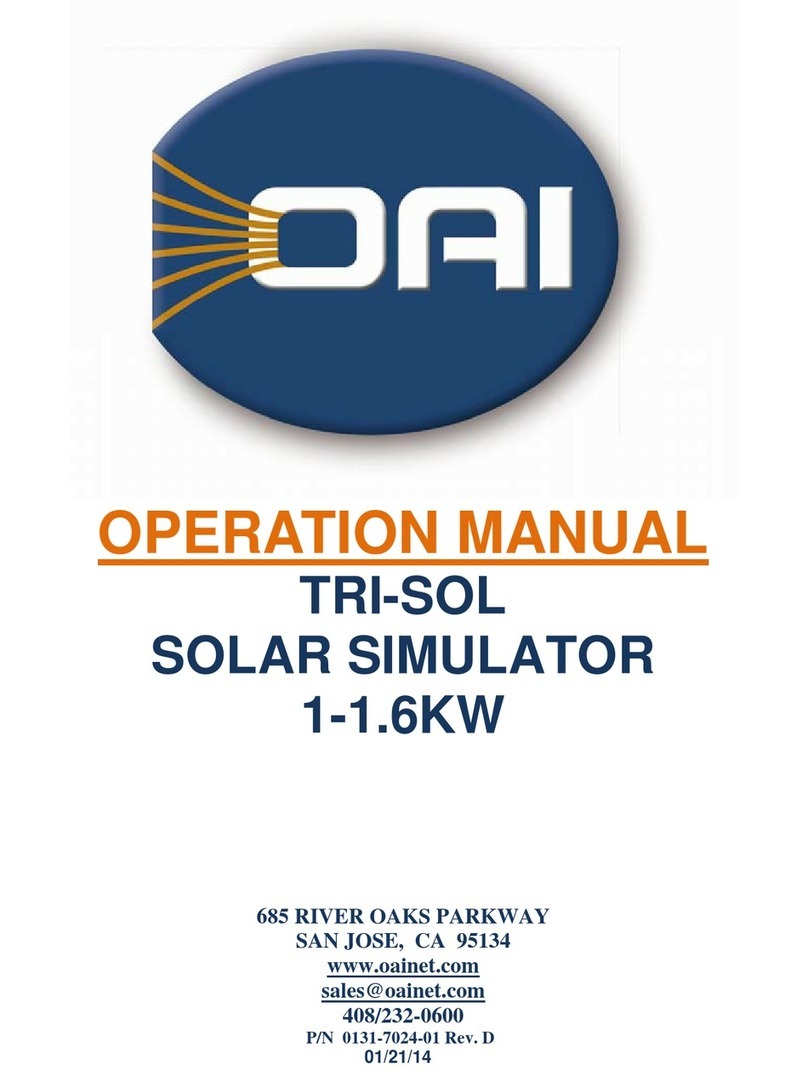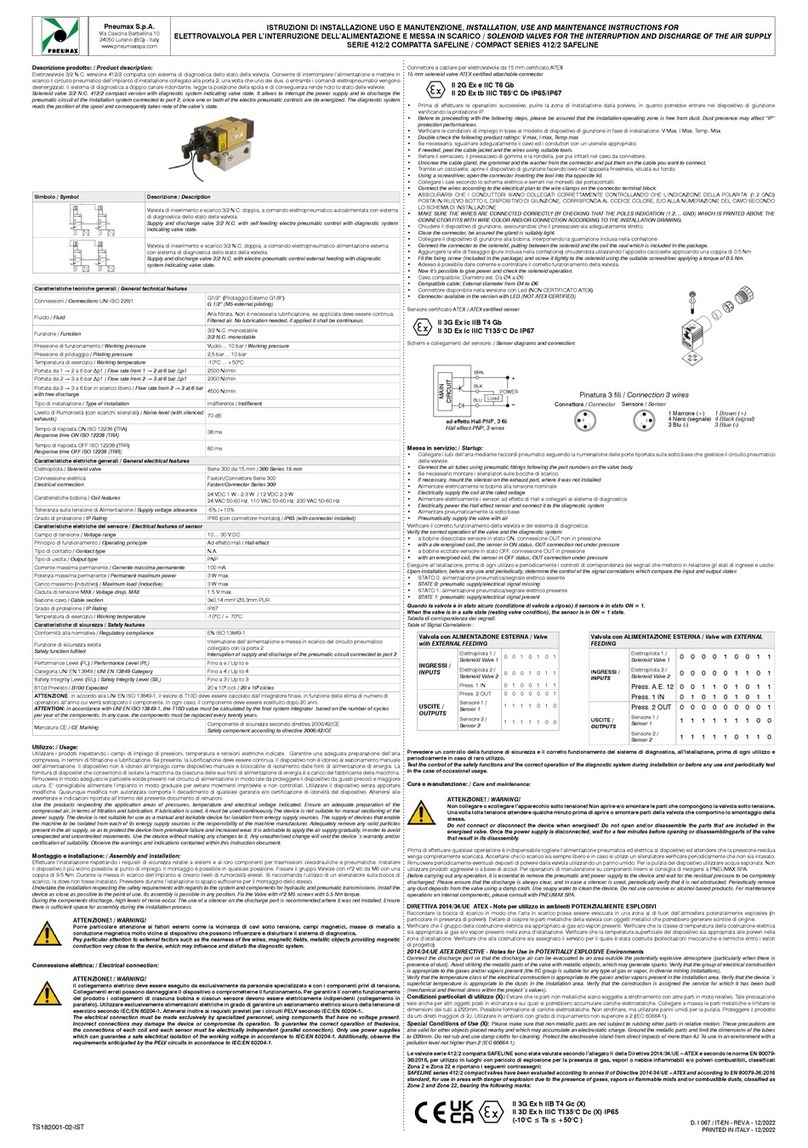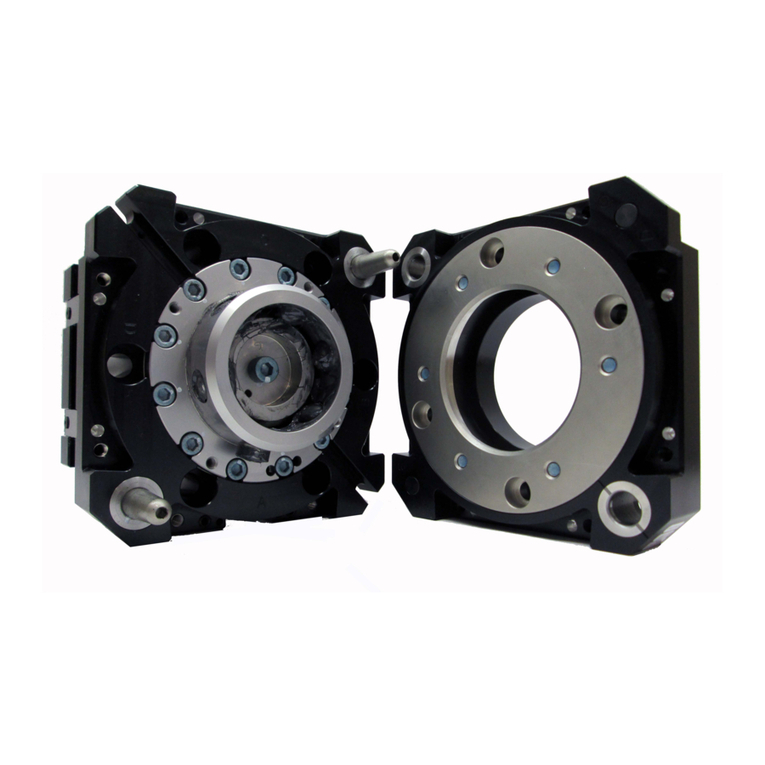
Table of Contents
FORTO-HT EN III
Table of Contents
1 About this operating manual ..................................................................... 6
1.1 Manufacturer Details................................................................................. 6
1.2 Copyright ................................................................................................. 6
1.3 Liability and Warranty ............................................................................... 7
1.4 Conventions of Presentation .....................................................................8
1.4.1 Text Display........................................................................................8
1.4.2 Display of Safety and Warning Instructions .........................................9
1.5 Definitions .............................................................................................. 10
1.5.1 Manufacturer of the machine ............................................................ 10
1.5.2 Manufacturer .................................................................................... 10
1.5.3 Operator ........................................................................................... 10
1.5.4 Assembly information for holding screws .......................................... 10
1.5.5 Dial gage symbol .............................................................................. 11
1.5.6 Piston positions front and back......................................................... 11
2 Safety ....................................................................................................... 12
2.1 Intended Use .......................................................................................... 12
2.2 Improper use .......................................................................................... 12
2.3 Obligations of the operator ..................................................................... 12
2.3.1 General............................................................................................. 12
2.3.2 Rotation............................................................................................ 13
2.3.3 Installation/replacement/conversion/change ..................................... 13
2.4 Qualification of Operating and Specialist Personnel ................................ 15
2.5 Personal protective equipment ............................................................... 15
2.6 General hazards ..................................................................................... 16
2.6.1 Skin irritation due to operating materials...........................................16
2.6.2 Risk of injury due to handling heavy loads ........................................16
2.6.3 Risk of burns due to hot surfaces .....................................................17
2.6.4 Danger of crushing due to moving control disc ................................. 18
2.6.5 Risk of entrapment/crushing on the hollow clamping cylinder ........... 19
2.6.6 Risk of ejection, detachment and falling of components at the hollow
clamping cylinder .............................................................................20
2.6.7 Risk of ejection, detachment and falling of workpieces .....................20
2.7 Miscellaneous......................................................................................... 21
2.7.1 Procedure in the Event of Danger and Accidents ..............................21
2.7.2 Eyebolts for transport of hollow clamping cylinder ............................ 21
2.7.3 Modification of the hollow clamping cylinder..................................... 21
2.7.4 Dismantling the hollow clamping cylinder.......................................... 21
2.7.5 Collision/falling ................................................................................. 21




















